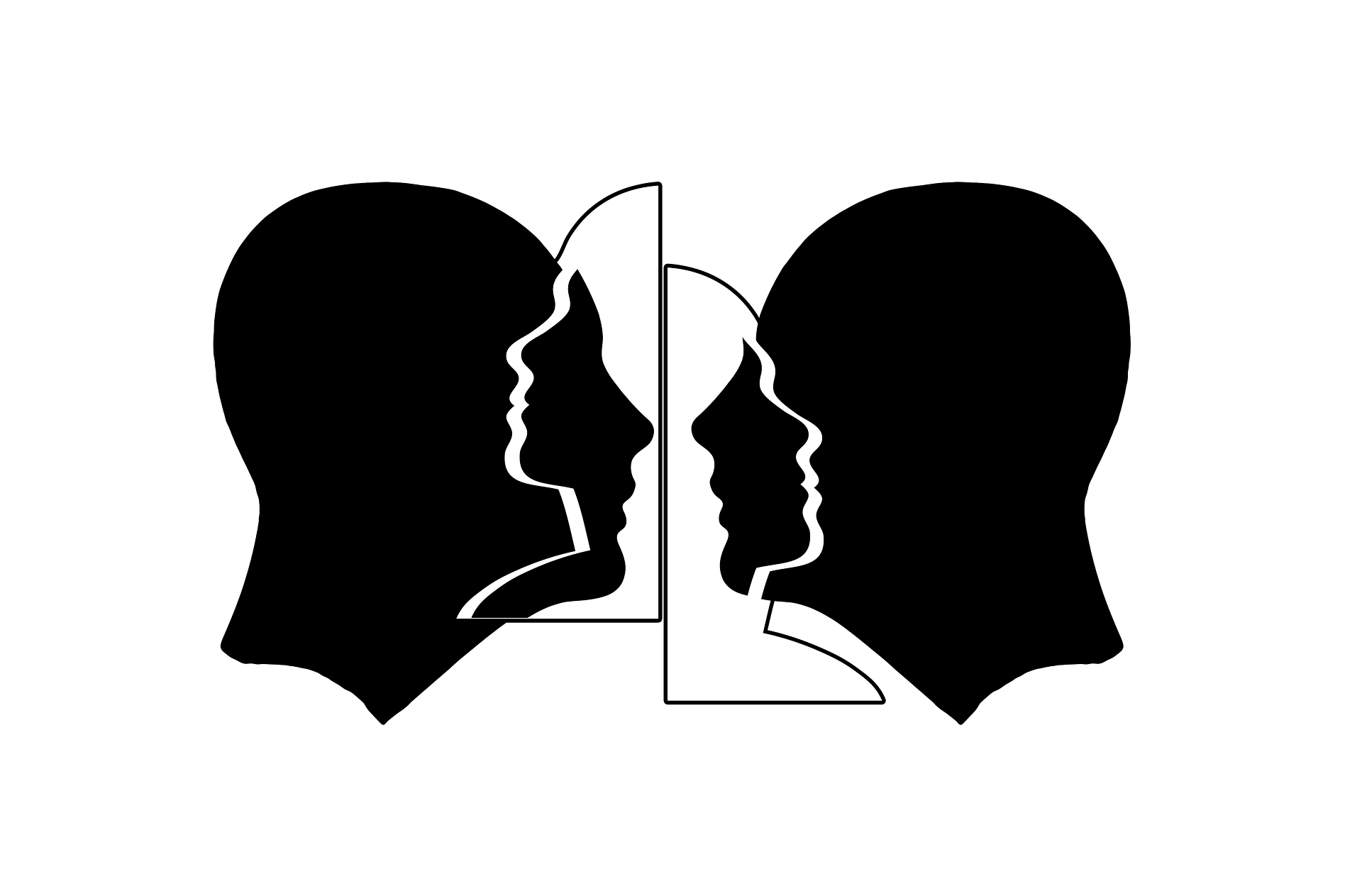Empathy map – How to create it and put your customers first
One of the biggest mistakes companies make is to invest their resources doing something that their customers do not require. The empathy map helps to correct this mistake, because with it, it is possible to understand the customer a little more, who he is, what motivates him to buy and what he wants.
If we ask a customer which companies or products he identifies with, he will probably answer with the name of those that remind him of pleasant experiences.
Knowing what your customers think and feel is fundamental for the successful development and marketing of your products and services.
Below, we define what an empathy map is and everything you need to create it.
What is an empathy map?
Empathy is the ability of a person to put him/herself in another person’s shoes and understand his/her situation and feelings, even if his/her personality is completely different. Empathy is a basic skill in the members of a work team because it allows them to identify with their end customers and understand their perspectives.
Under this premise, we can define the empathy map as a visual marketing tool used to gather customer information in order to align the company’s commercial strategies and value proposition with their needs and feelings.
In other words, it is about putting yourself in the customer’s shoes to deliver a product or service that exceeds their expectations.
The central focus of the empathy map is the customer, but it does not have to be a single profile; it can be the customers of the service you offer, those who attend the webinar or the audience members of your social networks. In other words, the empathy map can be developed for any group of people related to the product or service your business offers.
With this tool, your team will develop the empathetic work approach and a more holistic view of the customer’s world.
Additionally, empathy maps are excellent for laying the groundwork for buyer persona development as both strategies are related.
Benefits and risks of an empathy map
Some positive aspects of working with the empathy map are:
- The product development process is facilitated as products are designed with empathic vision, i.e., decisions based on the end user’s personal preferences.
- Customer service is optimized by humanizing the relationship between the company and the customer.
- Sales and marketing teams find it easier to develop their strategies because they understand the type of people they are targeting.
- As the name suggests, the empathy map helps develop empathy between your team and your end customer.
- They promote teamwork and in-depth knowledge of both customers and the company itself.
- Better ways of dealing with customer conflicts are found.
- The company finds opportunities to improve products and services.
- It is a simple methodology for the company to understand its customers.
- In addition, the empathy map promotes the development of more assertive advertising campaigns.
Structure of the empathy map
The basic empathy map is made up of quadrants in which data related to customer feelings are collected.
Nowadays, there are several types of maps and templates, with models ranging from 4 to 6 quadrants or zones.
Because it brings more value to your business, this article explains the 6-quadrant empathy map:
- What are the things customers think and feel?
- What do customers listen to?
- What are the people, things or places customers see?
- What do customers say?
- What are their pains, fears or frustrations of customers?
- What do customers need, what is their ultimate goal?
How to make an empathy map step by step?
Before starting the project
- If your business is broad, with several types of products and services, you should segment your customers and develop an empathy map for each segment.
- Define the importance and objective of the empathy map (to understand your customers in general or to understand those related to a specific product, service or situation).
- Gather customer information. Although many behavioral assumptions will be created, having a base of real data will optimize the success of the map (meetings with the sales team and customer service staff, surveys, social media posts or interviews conducted, etc.).
- Put together a cross-functional team, made up of people who are related to the target. You can even invite a customer.
- Plan the work session. Notify in advance the date and time of the session as well as the objective and importance of the project. It is important that all members know the tool, so you can send them information. Also, plan the dynamics of the session, which should be dynamic and fun. For example, you can draw the template on a large board and give the team members colored sticky notes that they can paste in the appropriate section. You will also need a digital template on which you can post the results of the session.
Creating the empathy map
1. What customers think and feel.
In this section you analyze and answer what customers feel based on their emotions.
- What really matters to them? What is their priority?
- How do they react to certain situations?
- What are their dreams, aspirations or ambitions?
- Are they happy with your product or service?
- What feelings contribute to their purchase intentions?
- What are your concerns?
- What is their mood when we deliver the product to them?
- What things or situations influence their behavior?
- Is the customer satisfied, why or why not?
- What causes them to have a negative emotional reaction?
2. What customers listen to
Now, develop what your customers listen to but also the channels or means of information they use.
- Who do they listen to when they receive advice? (family, friends, media, competitors).
- Do they use social networks, which ones, what time? (Blogs, Facebook, Instagram, Twitter, YouTube).
- Do they use traditional media (TV, magazines, newspapers, etc.)? (TV, magazines, newspapers)
- What kind of music do they like? What media do they use to enjoy it? Who are their favorite singers?
- Who is your favorite content creator?
- What or who influences the customer? Do they follow any Influencer? Through which media do they follow them?
- Is it easy to influence your customer?

3. What customers see
Analyze what customers see in their daily environment.
- What is the environment they observe on a daily basis?
- What are the things that competitors are doing that our customers see on a daily basis?
- Do they see a change in the industry?
- What are their friends, neighbors, colleagues or family doing and using?
- What reading media do they use? (books, magazines, newspapers)
- What problems or situations do you see on a daily basis?
4. What customers say and do
Try to understand whether the words your customers say match their actions. Sometimes people say one thing and do another, partly because they have little information.
- What do they really say in public about our company?
- Is what they say based on facts or do they speak under the influence of brand gossip?
- Do they invest what they say they have? What is the gap between what they say and how they act?
- Do their image and activities show what they say about their finances?
- What are their hobbies?
- What kinds of things do they post on social networks?
- How do they communicate with others?
- Do they speak fluently and with certain knowledge about the topics they say they care about?
- Do they share all information or withhold some of it?
5. The customer’s headaches
Defining the customer’s problems and anxieties helps to determine their expectations of your product or service.
- What is troubling them? What aspects of their day-to-day life are causing them distress?
- Are they looking to solve a problem or situation?
- What do they need to make their dreams come true?
- Why haven’t they been able to achieve their goals?
- How can you help them?
6. Client gains
This section identifies issues related to how clients were able to achieve their objectives and meet their needs.
- What methods do they use to achieve success?
- How do they measure success?
- What are their objectives?
- How do you meet their needs?
At the end of the session
Team members proceed to put the finishing touches on the empathy map.
- First, all the information is organized, patterns of behavior are looked for and any doubts are clarified.
- A periodic meeting is scheduled (for example, every 3 months) to review and update the empathy map.
- Finally, the person in charge prepares the final empathy map template and shares it with all team members.

Final words
In summary, the empathy map is a valuable tool that helps you understand your customers and avoid wasting time and money offering a product or service that no one wants.
Certainly, the empathy map will not solve all your problems, but it will help you make the right strategic decisions, as you will have a better understanding of your customers’ buying motivation.